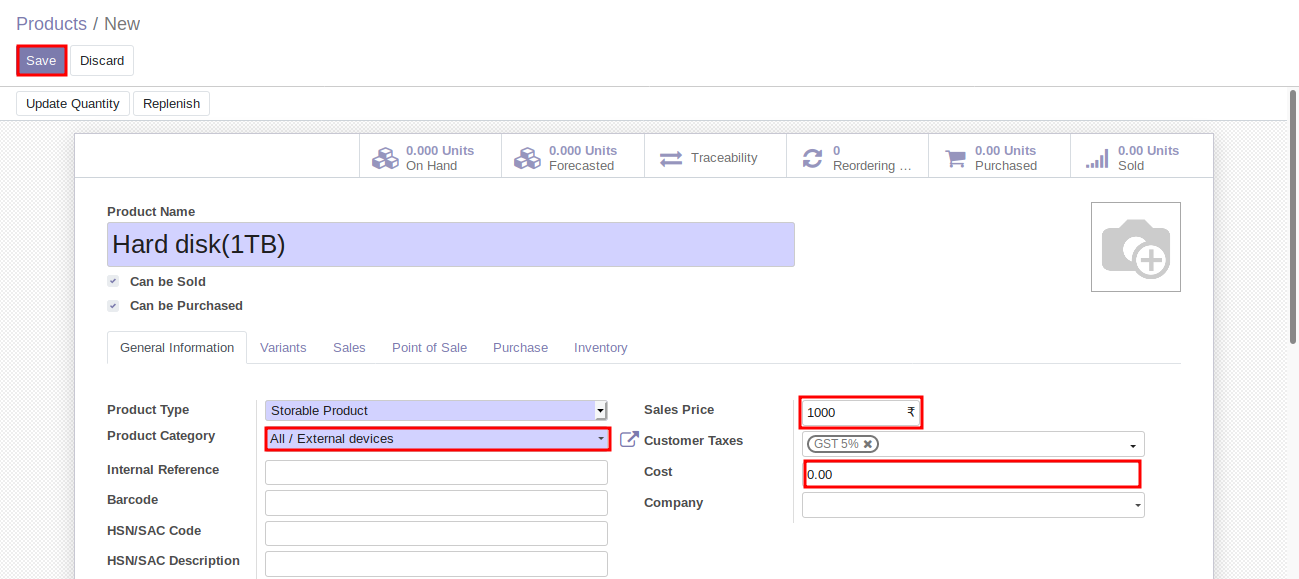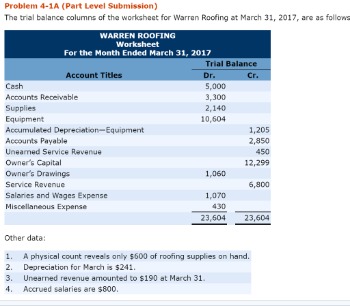
In contrast, QuickBooks Online provides a more streamlined approach, with access to standard financial reports. The system offers the flexibility to schedule and process payments for payroll liabilities, promoting timeliness and accuracy in discharging these financial responsibilities. You can use software to reconcile the payroll liability data and ensure you’re processing payroll correctly. Use payroll software to generate a payroll-liability balance report each time you process payroll. The IRS and state agencies have specific deposit schedules for payroll taxes—adhere to these schedules to avoid penalties and interest.
Reporting Capabilities
However, some of you may still have some queries and need satisfactory answers for those, related to zeroing payroll liabilities in QuickBooks. Whenever drop shipping and sales tax you attempt to reconcile payroll liabilities in the QuickBooks application, you can experience some technical issues because of some reasons. If you’re not yet using QuickBooks Online to manage your small business accounting, check out our 2021 guide to the best small business accounting software, where QBO ranks #1. If you haven’t started using QuickBooks Payroll yet and need help setting it up, check our guide on how to set up QuickBooks Payroll.
- Initiating payroll liabilities checks in QuickBooks Online facilitates efficient payment processing and enhances payroll management capabilities.
- In this content, we will talk about the easy steps to zero out payroll liabilities in your accounting software, popularly known as QuickBooks.
- Revenue in March is matched with March expenses, including the $3,000 in payroll costs.
FSLA also requires that payroll records be kept on file for at least three years. Since you’re still unable to mark a tax liability as paid even after following the steps shared by my colleague above, I’d recommend contacting our Payroll Care Team. Based on the screenshot you’ve added, it looks like your account is not active. To pay taxes in QuickBooks Online, you will need to have an active payroll service. We hope that all the information provided above has helped you to zero out the payroll liabilities in QuickBooks.
Note some variables may change your payroll calculations from one pay period to the next. These can include tax law changes or employee changes like benefit withholding updates. Some payroll liabilities are reclassified into a payroll expense account when payments are sent to a third party. The cost incurred to retain an accountant or a payroll provider company is a business expense. I have the steps to help you pay those payroll liabilities and remove the from the balance sheet. QuickBooks Desktop offers robust financial reporting tools, allowing users to generate diverse and customized reports to analyze payroll liabilities.
Example of how payroll liabilities work
For example, you’ll have payroll liabilities for wages you owe to employees and taxes withheld from their checks when you do pay them. Automating transactions reduces manual data entry, minimizing errors and saving time. By addressing these aspects, businesses can effectively manage payroll items and ensure smooth financial operations within QuickBooks Desktop. The categorization of payroll expenses ensures accurate tracking and reporting, enabling businesses to maintain financial transparency and compliance. You can adjust more than one liability at a time during one liability adjustment transaction company capability statement example for job application by selecting the payroll items in the payroll item column provided.
Important Points to Consider Before You Delete or Remove a Scheduled Payroll Tax Liability
Implementing scheduled liabilities payments in QuickBooks Desktop streamlines tax filing processes and compliance adherence by automating the timely allocation of funds towards payroll liabilities. By utilizing predefined categories and rules, QuickBooks Desktop allows users to set up and manage payroll deductions seamlessly. what are some examples of investing activities This simplifies the process of calculating and withholding taxes, benefits, and other deductions from employee paychecks. It streamlines the generation of detailed reports for tax filings, ensuring compliance with regulatory requirements while providing a comprehensive overview of the company’s financial obligations. It involves navigating to the ‘Taxes’ menu, selecting ‘Payroll Tax,’ and then choosing ‘Pay Taxes.’ Once the payment date, liability period, and payment amount are entered, the transaction is recorded.

In case the net compensation that is given to the employee matches with the net compensation that are estimated in the wages payable and payroll, it should be zero out. Dancing Numbers helps small businesses, entrepreneurs, and CPAs to do smart transferring of data to and from QuickBooks Desktop. After printing your reports, it’s a good idea to download the transactions from QuickBooks into an Excel spreadsheet. It makes it easier to organize the transactions so it’s clear which amounts cleared and which did not. Click in the box under Tag Name, and enter a tag label, i.e., EE (to represent employee transactions as discussed above).
The frequency of filing these forms varies depending on your location and the size of your payroll. Assume that a restaurant owes workers $3,000 in payroll for the last five days of March and that the next payroll date is April 5. Thanks for your response @jamespaul ‘Pay Taxes’ or ‘View All’ link is not appearing on my screen. Please let me know if there’s anything else I can do for you in QuickBooks Online. See articles customized for your product and join our large community of QuickBooks users.
These miscalculations and faults in payroll setup can cause errors like wrong scheduled payroll dates, incorrect pay period, overdue liabilities, and inaccurate paychecks. Configuring payroll liabilities in QuickBooks Online entails the setup of tax forms, ensuring accurate financial reporting, and adherence to compliance requirements. By properly configuring payroll liabilities within QuickBooks Online, businesses can systematically allocate and track employee wages, taxes, and benefits. This systematic approach contributes to the precision of financial reports and enables adherence to legal requirements regarding payroll management. By integrating payroll liabilities into the online accounting system, businesses can effectively manage cash flow and forecast future expenses, thus fortifying overall financial management.